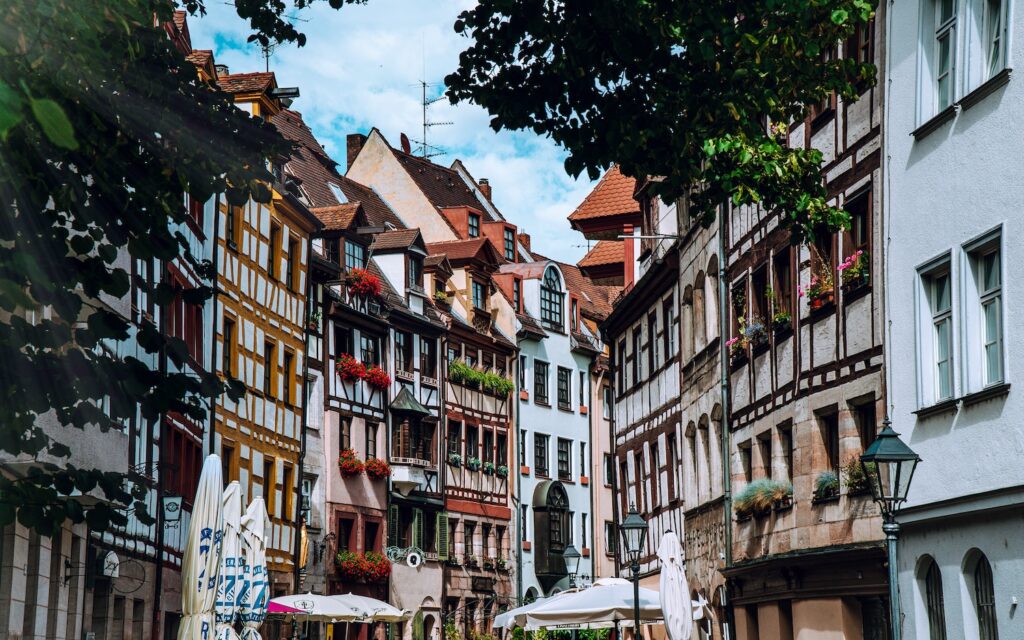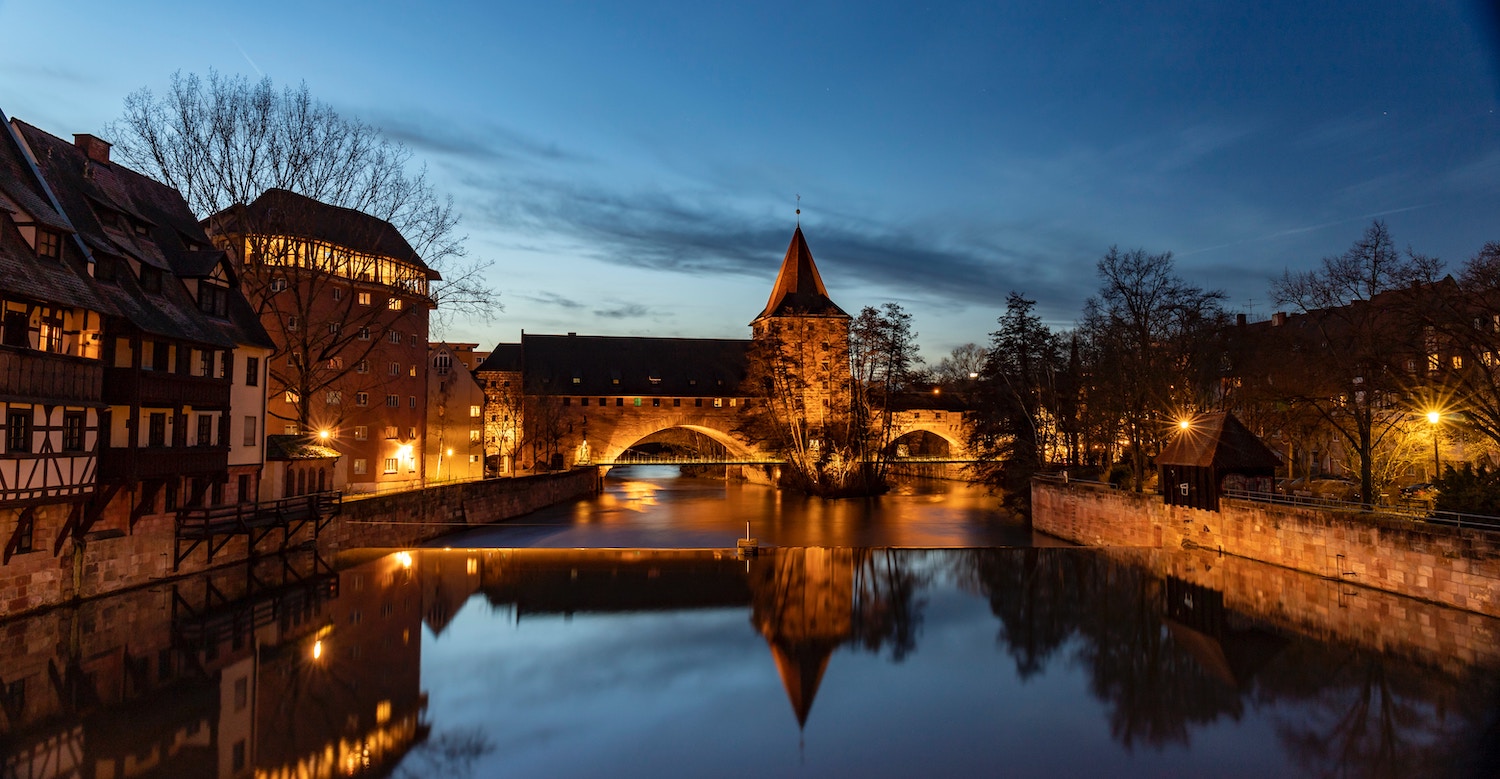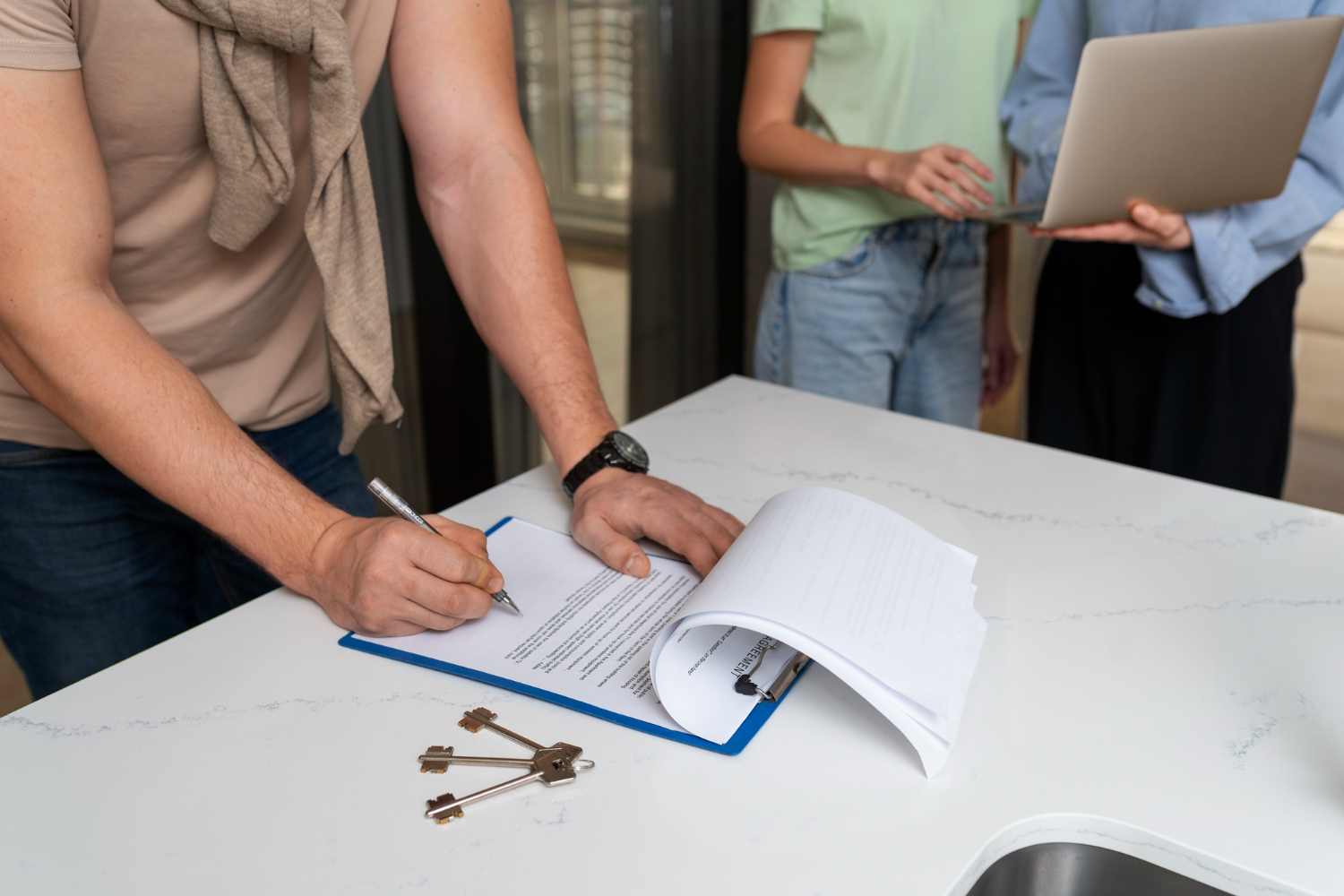Nuremberg is the second-largest city in Bavaria, an economic powerhouse producing everything from cars to gingerbread me. It is a place steeped in history and culture, popular with tourists and expats. Whether you’re planning to work or study there, this quintessential German city has everything you could hope for. This comprehensive guide to Nuremberg will help you learn the ins and outs of the city and get tips on where to find an apartment and what to explore.
An Introduction to Nuremberg
Nuremberg (Nürnberg), the Bavarian capital of Franconia, is home to around 530,000 people and is teeming with history, offering expats a unique cultural experience. The city has been home to some of the greatest artists in German history including composer Johann Pachelbel (who wrote his famous “Pachelbel Canon” here), as well as the creators of Saint Margarete and the Nuremberg Frauenkirche (“Women’s Church”). You will find everything from modern museums to medieval castles here – and everything in between.
Throughout its long history, Nuremberg has also been a center of trade and industry. The city was home to the earliest factories in Germany and even today you’ll find large manufacturers like Zeiss and Schindler here. As a modern metropolis, it’s also home to tech giants such as Siemens and MAN. Whether you’re looking to buy a house or rent a furnished apartment, this guide to Nuremberg will help you get started.

Living in Nuremberg-St. Johannis
St. Johannis is one of the city’s most sought-after residential areas. The district is home to many cultural installations and luxury shopping areas – perfect for the young and affluent professional.
The Nuremberg-St. Johannis Neighborhood
St. Johannis is known for its lively nightlife. The district is teeming with bars, nightclubs, and trendy restaurants, so there is nightlife to be explored seven days a week. This is also where many of the largest companies in Nuremberg are located. As a result, this particular district is where you’ll find the majority of luxury furnished apartments in the city.
Living in Nuremberg-Südstadt
Südstadt is dominated by modern architecture, as much of the old district was destroyed by Allied bombing during World War Two. Today, however, there’s a multicultural vibe in the area. This corner of Nuremberg is always bustling with activity, thanks to a large selection of independent local shops and a cosmopolitan atmosphere, which makes living here very pleasant.
The Nuremberg-Südstadt Neighborhood
Südstadt is lots of fun, which is why so many young professionals live here in affordably-priced apartments. Thanks to a multinational population, there are countless Turkish, Indian, Italian, and Chinese restaurants to choose from. The local economy relies on heavy industry and as a result, older factories dominate areas of the local skyline.
Living in Nuremberg-Maxfeld
If you’re a professional with a taste for the finer things in life, you might want to take a close look at Maxfeld. This exclusive area is filled with luxurious homes and apartments for rent, green spaces, and immaculately clean streets. Maxfeld is the suburban heart of Nuremberg.
The Nuremberg-Maxfeld Neighborhood
Maxfeld is dominated by mansions, luxury apartment blocks, and modern buildings. The district’s villas and furnished apartments are always in demand among the city’s most successful professionals. But this area is also wonderfully quiet, so it attracts a lot of young families and older retired couples.
Living in Nuremberg-Langwasser
Langwasser is one of Nuremberg’s greenest areas, thanks to its parks, parkland, and forested areas. If the quiet life away from the hustle and bustle of the city center is what you’re looking for, this is the place to be and you have a variety of furnished apartments here.

Living in Nuremberg
Nuremberg has a global reputation for the arts thanks to its huge array of theaters, concert halls, museums, and art galleries. The local economy is prosperous, so industrial and professional jobs are relatively easy to come by. Plus, the entire city is connected by one of the most efficient public transport networks in Europe.
Transport in Nuremberg
Nuremberg makes getting around easy for commuters and city-dwellers alike. Ride your bike, rent a car, or take advantage of the public transport network.
Public Transport
Nuremberg’s public transport company VGN has excellent options for local travel, its tram and bus networks, as well as the S-Bahn network. You can travel for a day around the entire city for as little as €9. Trains also run regularly from the city center to outlying districts, nearby towns, and all of Germany’s largest cities.
The Deutschland-Ticket is a new option introduced in 2023, allowing you to travel on all public transport all over Germany for only €49 per month. It also includes unlimited travel on all local trains, if you feel like exploring the country, it’s an excellent option. You can buy this ticket from the VGN, or Deutsche Bahn (DB), the German national railway company, online and at travel centers.
Taxis and Car-sharing
Taxis are ubiquitous in Nuremberg. Simply hail one on the street, and you’ll be charged an initial €4.50 plus around €2 for every kilometer you travel.
Sightseeing in Nuremberg
Nuremberg has an illustrious history and it attracts thousands of tourists every year as a result. The most famous attractions are related to the city’s culture and history.
Hauptmarkt (Main Market Square)
Located in the center of the city, Hauptmarkt is a wonderful open-air market filled with stalls selling everything from fresh vegetables to crafts. This is a huge market, so bring your walking shoes.
Christkindlesmarkt (Christmas Market)
Nuremberg’s Christmas market beautifully encapsulates the magic of German Christmas. As well as a multitude of market stalls, there is a nativity scene and a scene depicting the origin of the Christkind – the forerunner to the legend of Santa Claus.
Handwerkerhof (Artisan’s Yard)
Handwerkerhof is one of the oldest parts of the city and is characterized by its beautiful medieval structures. This is predominantly a retail area, but most of the stores are owned by local shop owners.
Kaiserburg (Imperial Castle)
Kaiserburg is the Imperial Castle of Nuremberg and dates back to the Middle Ages. This incredible structure was an official royal residence as far back as 1050 and is filled with examples of ancient architecture and religious relics.
Lorenzkirche (St. Lawrence Church)
This grand Medieval church in the heart of the former free imperial city is a jaw-dropping example of German architecture. Dedicated to Saint Lawrence, the church had to be almost fully rebuilt after it was hit by Allied bombs during World War Two.
Albrecht Dürer’s House
The former house of artist Albrecht Dürer is now a living museum. Great efforts have been made to ensure the property looks exactly as it did at the time of Dürer’s death in 1509.
Welcome to Nuremberg!
Nuremberg offers an exciting and enriching experience for expats. It combines the charm of an old-world city with the conveniences of a modern metropolis. It’s a city that embraces diversity and offers a high quality of life, making it an exciting and welcoming place for expats.
You can make make your relocation process easier and faster by finding a home in Nuremberg with Wunderflats. With its wide selection of quality furnished apartments, helpful customer service, and easy solutions, Wunderflats has everything you need to make your move a success.
To get started, visit wunderflats.com.
If you’re also interested in other German cities and enjoyed our guide to Düsseldorf, take a look at our guides to Berlin, Munich, and Hamburg!









